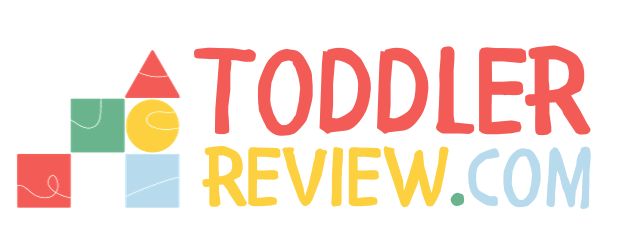How do reusable nappies work?
Reusable nappies and sometimes also referred to as ‘real nappies’ and this is because they are the originals.
Before disposable nappies were invested in the 1950s, there were only cloth nappies available for your little one.
Some people choose to put a liner inside their nappies, which protects the fabric. This also makes them slightly easier to change as you can simply pick up the inured and throw them away.
They work exactly the same as disposable nappies but instead of throwing them away you wash, dry, and reuse them.
You’ll need to change your baby around every 2-4 hours depending on the age and wetness of your little one.
They Work Out Slightly More Economical
It’s a well-known fact that nappies fill up a lot of our landfills, as a nation we go through nearly 3 billion disposable nappies a year.
But with reusable you end up adding washing usage as well as drying if you use a tumble dryer which over the year can actually increase your carbon footprint in a different way.
Adding dirty cloth nappies to your current wash without having to do a separate wash greatly reduces your carbon footprint.
Another way of drastically reducing your energy consumption is to dry your nappies on. Clothes horse or outside. The sun is a natural bleach and will help keep any white nappies, white.
They Are Cheaper Than Their Disposable Counterpart
The average cost of a lifetime in disposable nappies is around £600. This is around two and a half years in nappies.
The equivalent cost of using reusable nappies would be around £250. If you add in the cost to wash these over the two and a half years it adds on around £100 meaning that all in your will still be saving around £250 over the lifetime of nappy usage.
This amount is estimated per child and if they are in nappies longer than 2.5 years then this figure will be higher.
They Are Chemical Free
Although the chemicals in disposable nappies are there to help with absorption, germs, and lots of other things, some children can have an adverse effect to the chemicals put on them.
Using cloth nappies removes these chemicals and are kinder to a baby’s skin.
How Many Reusable Nappies Do You Need?
This is a difficult question as there are many variables that can play a part in the answer. Assuming you are going for a two-part cloth nappy system (the most popular) you will need 20-25 nappies with at least one cover per 5 nappies.
This number will change for example if you are only doing one nappy wash per week, then you might need to have more on hand.
How to Wash Reusable Nappies
The trouble with using cloth nappies is that they get stained and soiled a lot, therefore require slightly more in-depth washing practices than a regular wash.
If you do a less regular nappy wash, then you might find you need to pay more attention to the wash.
Make sure that you fill your washing machine up to around ¾ full. This is to ensure everything is washed properly. Too full, and you can find that it doesn’t get washed enough and too little can cause to many bubbles.
If you can’t fill the washing machine with nappies then add in some dirty bibs, muslins or items that might require a deep clean.
Step 1. Put your nappies into the washing machine and pop it on a rinse cycle. The reason for a rinse cycle over a prewash is that a lot of energy efficient washing machines will reuse the water from a prewash, whereas a rinse cycle will be fully drained away, so no risk of being reused.
Step 2. Next you want to put your wash one property, add your detergent and run the longest 60°C wash that your machine offers. This is to ensure that you properly wash the nappies as anything lower could leave them not properly washed.

